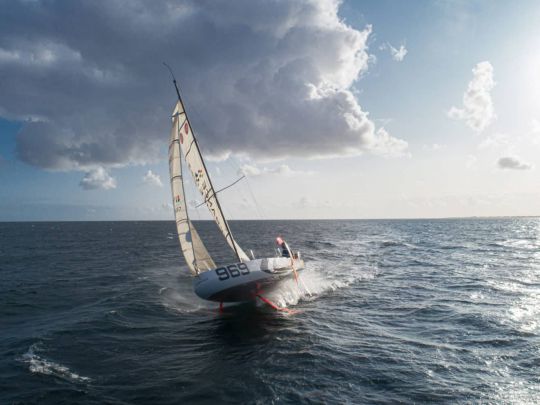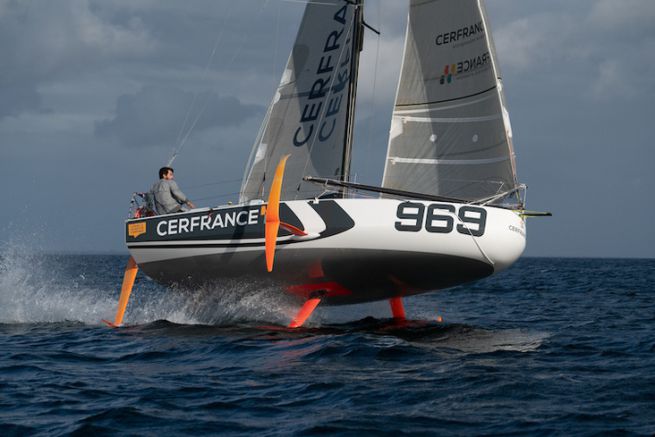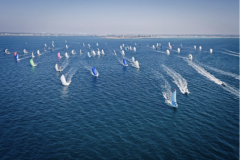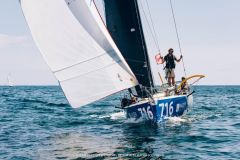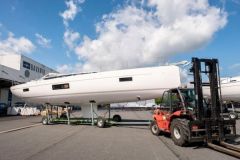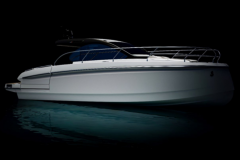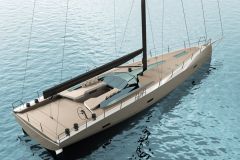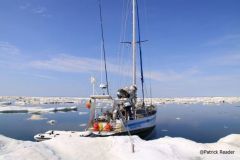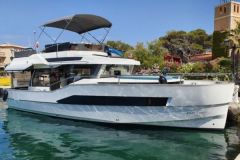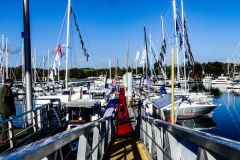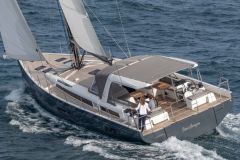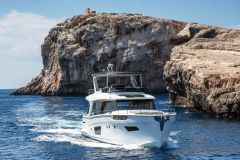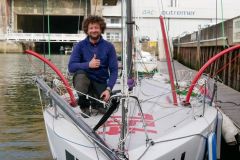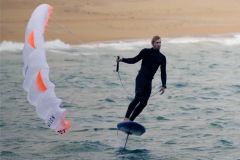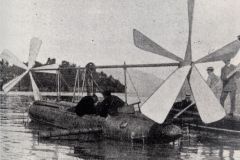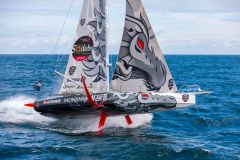How was it when the boats went to eau??
That was a long time ago. When the boats went in the water, it was like swimming in peanut butter for them, it sticks...
Then the boats went on the water rather than inside, it doesn't stick as much as inside, it was the time of the planning. Ocean racing boats were real conquerors of the planning and the minis at the head of the squadron.
And then one day, the boats started to come out of the water, they were foiling them. First timidly, then everything was packed and we see foilers from everywhere, Moth, Cup boats, sports catas, surfers, Zodiacs, SUPs, Imoca and Ultims all appear simultaneously.
At the dawn of a new generation of mini
The foil is therefore a new nautical revolution, and if it is still very experimental, we must not miss the turning point in history.
Thus the Pogo Structures shipyard, in partnership with Guillaume Verdier, has won the challenge of flying a Mini 6.50 entirely.

The foiler is not quite a first in mini. Indeed, 4 years ago Arkema had already succeeded in this bet, however outside the ideal flight conditions this proto was dislocated by most of the production boats.
Today, with the Pogo foiler the big difference is versatility. Indeed, we noticed during the 2 races following the launch that the Pogo Foiler is also very efficient in light airs.
Undoubtedly, Guillaume verdier managed to limit the drag in Archimedean mode and the builders at Pogo manufactured a very light boat.
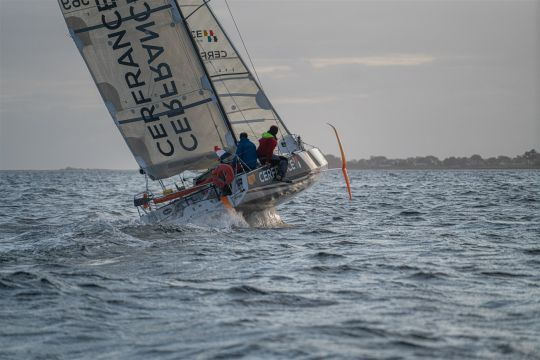
What do you mean marche??
When the boat's speed is sufficient (around 12 knots), the load-bearing planes release enough vertical power to extract the hull from the water. He then relies completely on his appendages: the leeward foil, the keel tilted to the wind and the rudder(s) to the rear.
The ideal is to fly while resting at the rear, on both rudders in order to gain stability. We all know the instability of a three-legged stool...
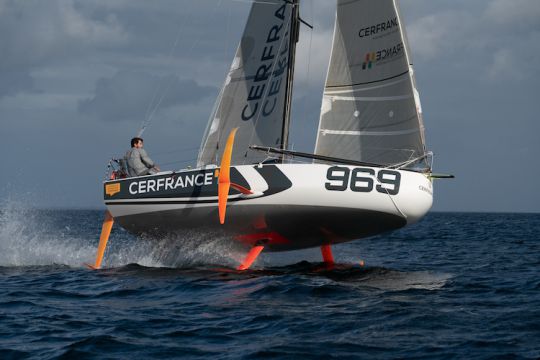
Tanguy Bouroullec explains "There is a lot of work to be done on learning to fly. We break the codes and we have to relearn everything. To maintain flight, it requires a lot of piloting to generate or regenerate power. And then you have to adjust the plate to be able to lie down and have both rudders in the water."
Knowing the nervousness of the minis, it seems obvious for the moment that stabilized solo flight will require special conditions.
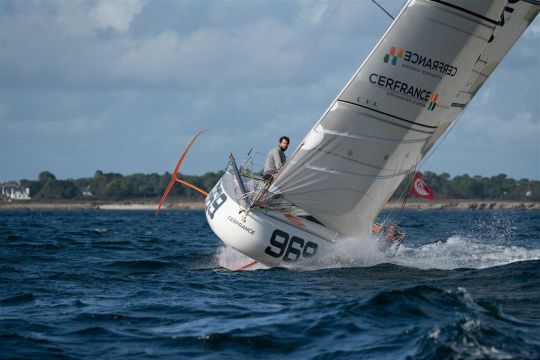
Here, during the shots, we see that the sea is flat, a north wind blows over the Bigouden country. The presence of a reef in the mainsail shows that we have to be quite close to the actual 20 knots. So in 20 knots of wind across and on flat seas it flies, well done Pogo?!
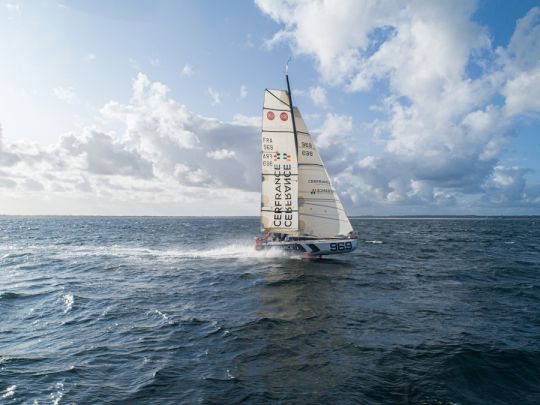
What about the Minitransat?
Thanks to a derogation just granted by the Mini class, Tanguy Bouroullec will therefore be at the start of the Minitransat La Boulangère on its CerFrance proto.
We know in advance that the course, rather downwind, is not particularly favourable for a foiler. We also know that in the middle of the Atlantic Ocean, the state of the sea rarely resembles that of a bay.
But let's imagine for a moment that the ideal conditions are met for a few hours, come on, let's say for 10 hours... If the Pogo foiler displays on its NKE counter, 4 knots more than its direct competitors, it will have a 40 mile lead, and that on the pontoons of La Rochelle is perhaps the worst nightmare of its competitors.
